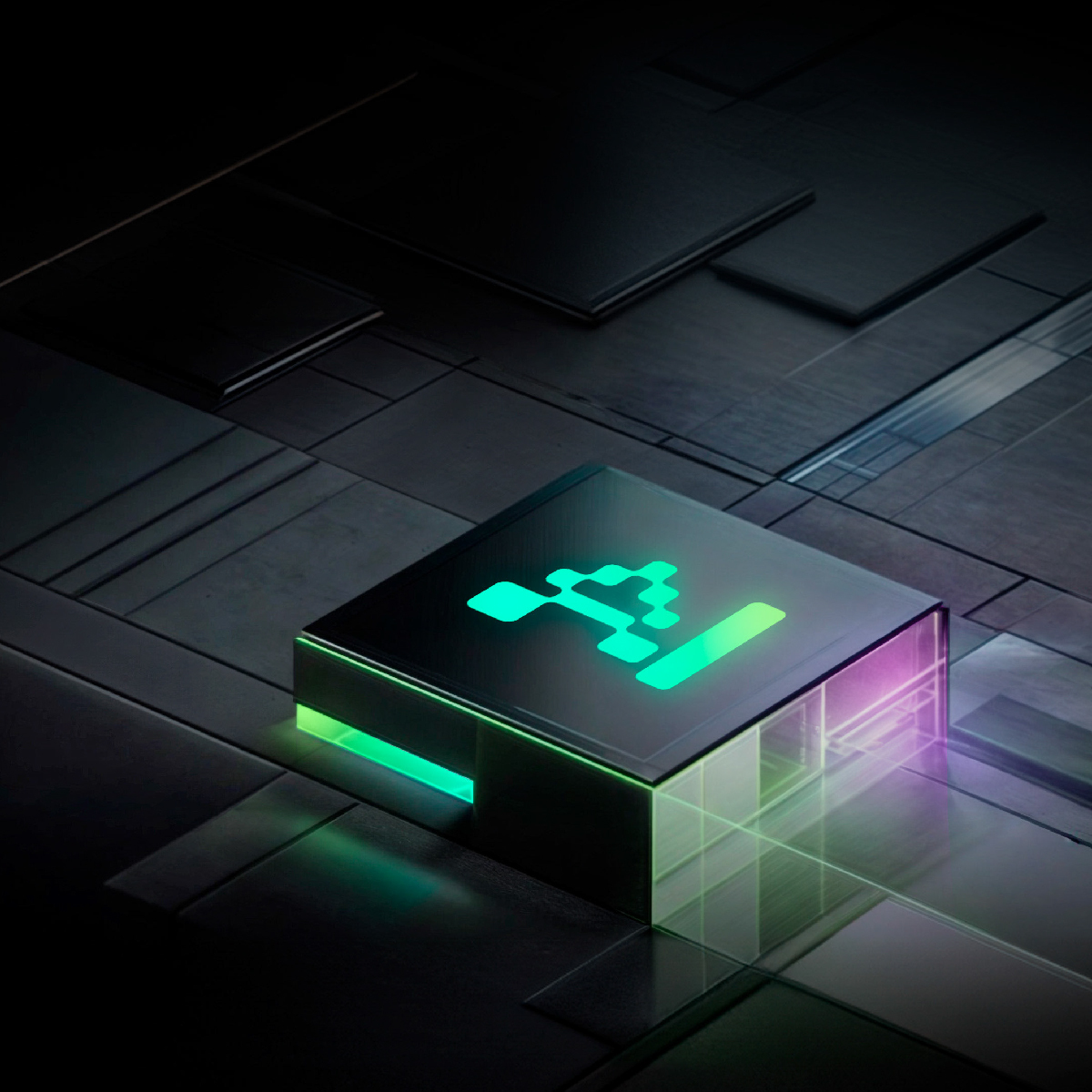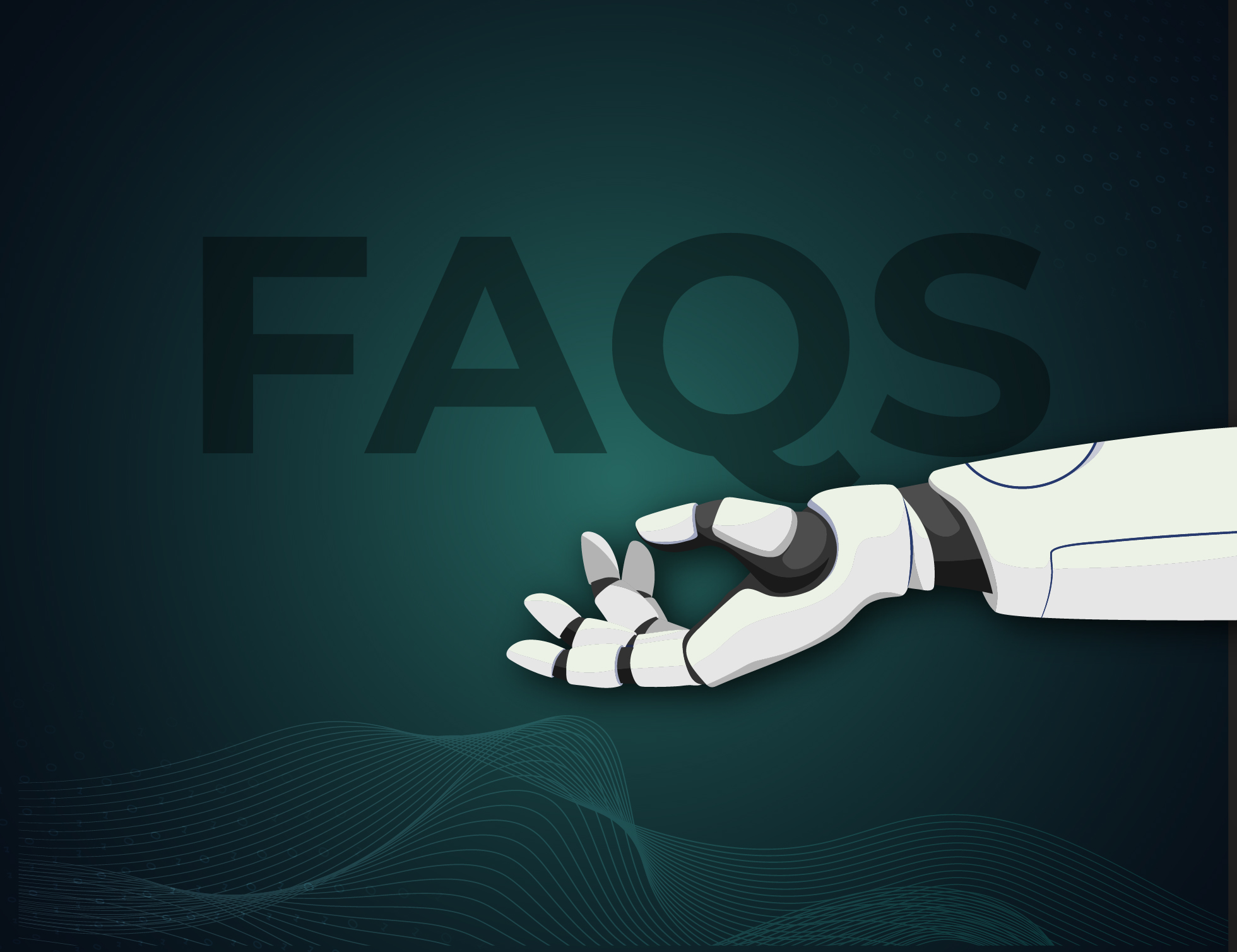Join our newsletter



Robotics is an exciting field combining engineering, programming, and artificial intelligence to solve real-world challenges. This list of frequently asked questions is designed to guide you from foundational knowledge to more technical concepts, offering insights into the complexities of robotics.
Robotics is the science of designing, building, and programming machines to perform tasks automatically. It is important because robots improve efficiency, reduce human risk in dangerous environments, and enable breakthroughs in healthcare, manufacturing, and exploration industries.
Robots use sensors to detect and interpret their surroundings. Common sensors include:
Robots are used in various fields, including:
Cobots are robots designed to work alongside humans in shared environments. Unlike traditional robots, they are lightweight, easy to program, and equipped with safety features like sensors to avoid collisions. They’re popular in manufacturing and small-scale industries.
Robots use various locomotion methods to navigate environments:
Humanoid robots resemble human form and behavior. They are often used in:
Robotic programming involves writing code to control a robot's actions. It typically includes:
Robots undergo extensive testing, including:
Inverse kinematics determines the joint movements required to position a robot's end-effector (e.g., a robotic arm's gripper) at a desired location. It’s essential for precise control in tasks like welding, surgery, and assembly.
SLAM is a process that allows robots to map their surroundings while keeping track of their location within the map. It uses:
Machine learning enables robots to improve performance by learning from data. Examples include:
Robotic control systems manage a robot’s movements and interactions. Key control methods include:
A robotic manipulator is a robotic arm designed for tasks like picking, placing, or assembling objects. It uses:
Autonomous systems are becoming increasingly sophisticated with advancements in:
Robotics is revolutionizing industries by enhancing efficiency, precision, and safety. From automating repetitive tasks in manufacturing to enabling groundbreaking advancements in healthcare and space exploration, robots are reshaping how we work and live. Their ability to integrate with artificial intelligence, machine learning, and advanced sensors continues to unlock new possibilities, pushing the boundaries of what technology can achieve.
As robotics evolves, industries are not just adapting but thriving, embracing solutions that improve productivity while reducing costs and risks. The growing accessibility of robotics technologies, such as collaborative robots and autonomous systems, ensures that businesses of all sizes can benefit from their potential.
In the coming years, robotics will play a central role in solving global challenges, from addressing labor shortages to combating climate change through smart agriculture and sustainable practices. By staying informed and embracing innovation, industries can harness the power of robotics to create a smarter, more efficient, and prosperous future.